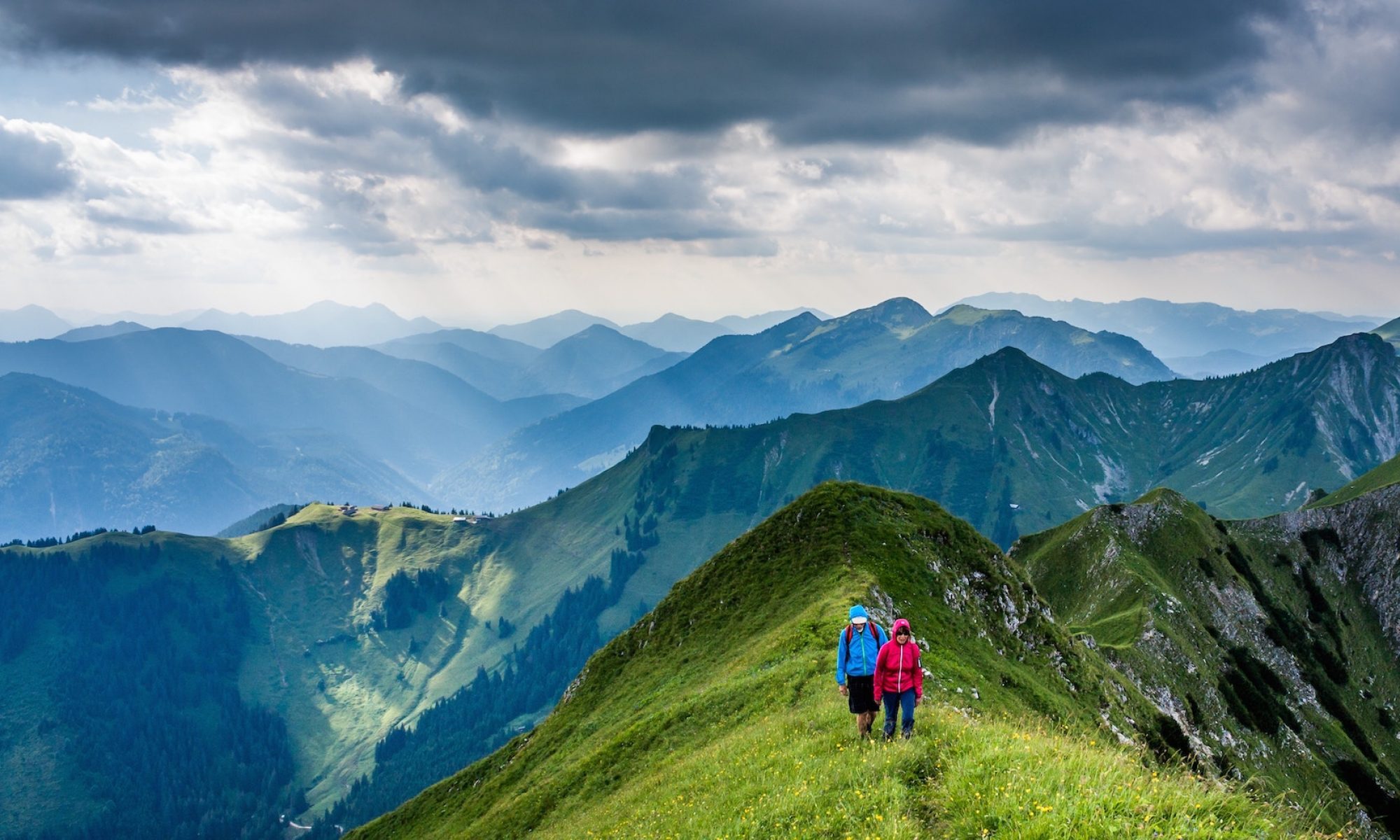British Columbia is a fantastic hiking destination. BUT campgrounds and some of the best hiking areas require difficult-to-aquire permits — most famously, the West Coast Trail.
Happily, Taryn Eyton, author of Backpacking in Southwestern British Columbia, details many great hikes that DO NOT require permits:
Vancouver Island
- Juan de Fuca Trail in Juan de Fuca Marine Provincial Park near Port Renfrew (requires backcountry permits)
- Wild Side Trail on Flores Island near Tofino (requires a water taxi to reach the trailhead)
- Forbidden Plateau Core, Bedwell Lakes, Elk River Trail, and Arnica Lake in Strathcona Provincial Park (All require backcountry permits except Arnica Lake.)
- Nootka Trail on Nootka Island near Gold River (requires a water taxi to reach the trailhead)
- North Coast Trail, Cape Scott Trail, and San Josef Bay in Cape Scott Provincial Park near Port Hardy (requires backcountry permits, North Coast Trail requires a water taxi to reach the trailhead)
- Raft Cove in Raft Cove Provincial Park near Port Hardy (requires backcountry permits)
- Carmanah Valley in Carmanah-Walbran Provincial Park (requires backcountry permits)
Interior and Eastern B.C.
- Trophy Meadows in Wells Gray Provincial Park near Clearwater (requires backcountry permits)
- Cathedral Lakes Provincial Park near Keremeos (requires backcountry permits)
- Okanagan High Rim Trail near Vernon and Kelowna
- Spectrum Lake in Monashee Provincial Park near Cherryville (requires backcountry permits)
- Gwillim Lakes in Valhalla Provincial Park near Slocan
- Kaslo Lake in Kokanee Glacier Provincial Park near Nelson (requires backcountry permits)
- Earl Gray Pass in Purcell Wilderness Conservancy Provincial Park near Kaslo
- South Chilcotin Mountains Provincial Park near Lillooet
Northern B.C.
- Hunlen Falls in Tweedsmuir Provincial Park near Bella Coola (requires backcountry permits)
- Monkman Memorial Trail in Monkman Provincial Park near Tumbler Ridge
- Wokkpash Valley and McDonald Creek in Stone Mountain Provincial Park near Fort Nelson
- Mount Edziza in Mount Edziza Provincial Park near Dease Lake
Backcountry permits are not reservations. And they don’t sell out.
Taryn has more advice for hikers in this post:
How to Go Backpacking in BC Without Reservations

related – 37+ BC backpacking trails that do not require a reservation
















